The island of Hispaniola, shared by the Dominican Republic and Haiti, has a complex political history marked by colonization, independence movements, and periods of instability. Here’s a brief overview of the political histories of both nations:
Dominican Republic:
Spanish Colonization:
- Christopher Columbus arrived on the island in 1492 during his first voyage to the Americas. The Spanish established the first European settlement, Santo Domingo, in 1498.
- The island remained under Spanish control for several centuries, with its economy centered around sugarcane plantations and mining.
Independence:
- In 1821, the entire island gained independence from Spain but soon entered a period of political turmoil. The Haitians, led by Jean-Pierre Boyer, occupied the eastern part of the island (present-day Dominican Republic) from 1822 to 1844.
Independence from Haiti:
- The Dominican Republic declared independence from Haiti on February 27, 1844, after a period of resistance against Haitian rule.
Periods of Instability:
- The Dominican Republic experienced political instability, military coups, and foreign interventions during the 19th and early 20th centuries.
- The United States occupied the Dominican Republic from 1916 to 1924, attempting to stabilize the political situation and protect American economic interests.
Trujillo Era:
- Rafael Trujillo, a military officer, came to power in 1930 and ruled with an iron fist until his assassination in 1961. His regime was marked by repression, human rights abuses, and the cult of personality.
Post-Trujillo Period:
- After Trujillo’s death, the Dominican Republic went through periods of political turbulence, with various leaders coming to power.
Modern Era:
- The Dominican Republic has seen periods of economic growth and political stability in recent decades. It has become a popular tourist destination and has developed a diverse economy.
Haiti:
French Colonization:
- The western part of Hispaniola, now Haiti, was colonized by the French. It became one of the wealthiest colonies in the Caribbean, primarily due to sugar and coffee plantations worked by enslaved Africans.
Haitian Revolution:
- Inspired by the French Revolution, enslaved Africans in Haiti revolted against French colonial rule in 1791. The revolution led to the establishment of the independent Republic of Haiti in 1804, making it the first post-colonial independent black-led nation in the world.
Political Instability:
- Haiti faced political instability, coups, and foreign interventions throughout the 19th and 20th centuries.
Duvalier Dictatorships:
- François Duvalier (“Papa Doc”) came to power in 1957 and established a dictatorship marked by repression and human rights abuses. His son, Jean-Claude Duvalier (“Baby Doc”), succeeded him and continued the authoritarian rule until 1986.
Post-Duvalier Period:
- Haiti experienced a series of military coups and periods of political unrest in the late 20th century.
Recent History:
- In the 21st century, Haiti faced significant challenges, including natural disasters, political instability, and economic difficulties. International efforts and interventions have been made to support stability and development.
Both the Dominican Republic and Haiti have unique political histories shaped by colonization, struggles for independence, and internal challenges. Their paths, while intertwined, have led to distinct political trajectories in the modern era.

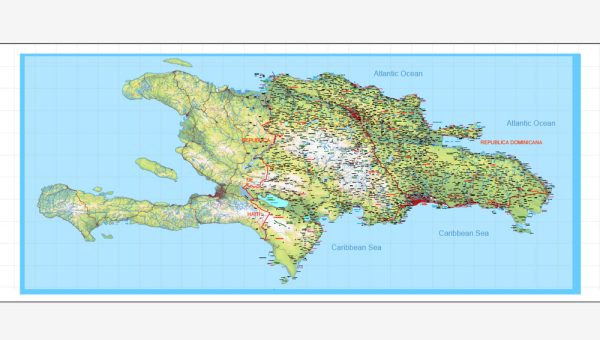
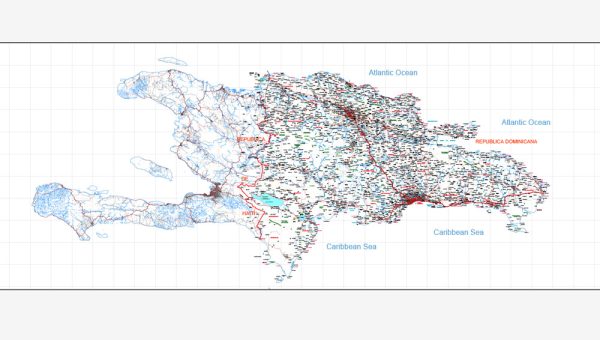
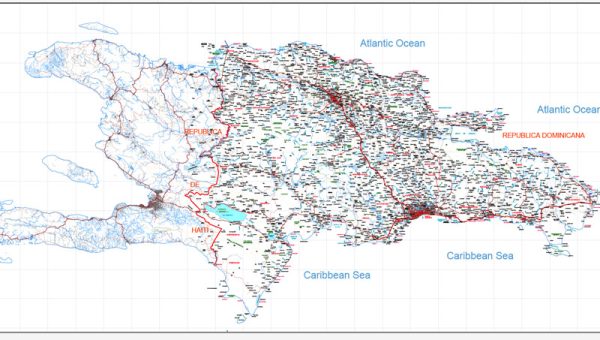
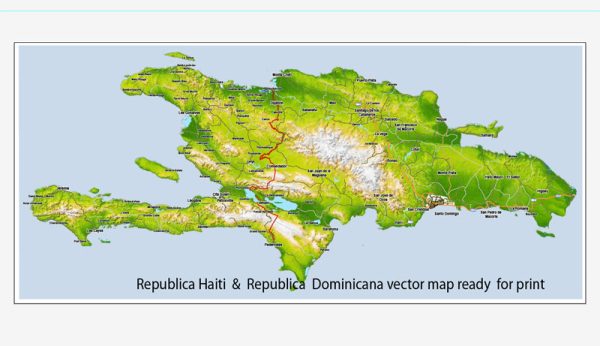
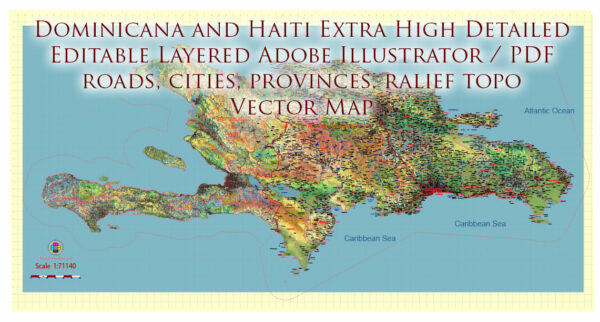
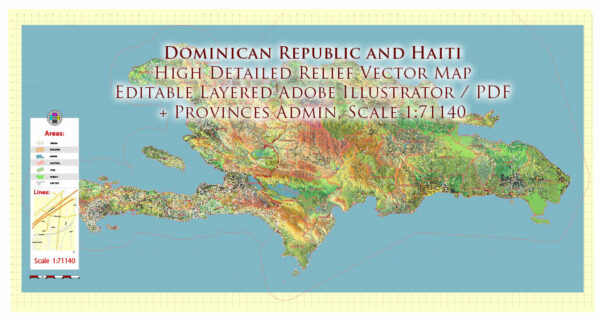
 Author: Kirill Shrayber, Ph.D.
Author: Kirill Shrayber, Ph.D.